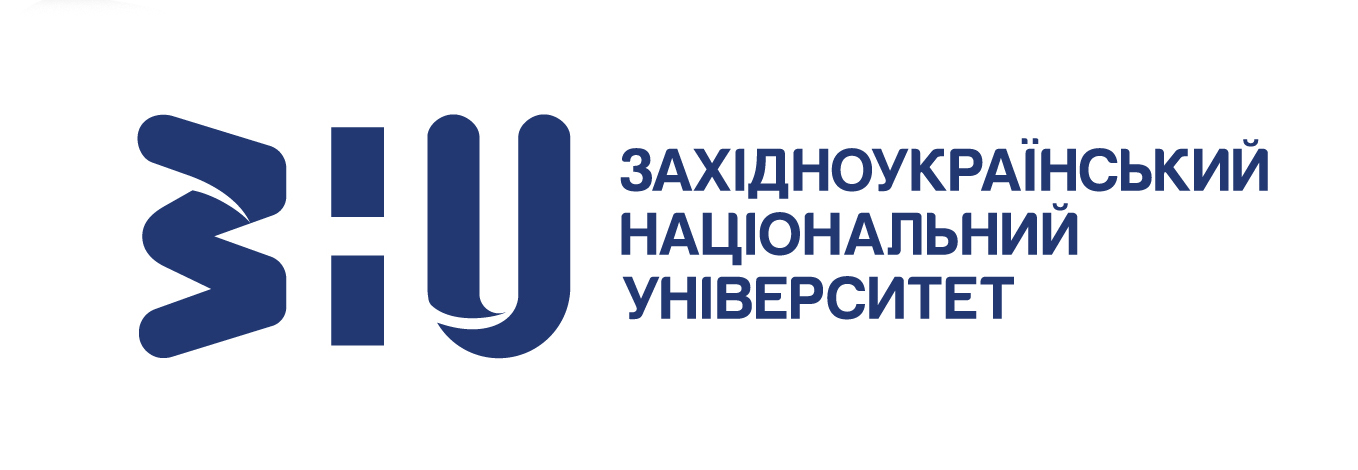BUSINESS VALUATION WITH IRREGULAR CAPITAL EXPENDITURES
DOI:
https://doi.org/10.35774/sf2022.02.057Keywords:
DCF valuation, normalized cash flow, Gordon growth model, terminal valueAbstract
Introduction. The assumption of steady-state annual growth in perpetuity may be justified for cash flows from business operations. However, this assumption is less justified for capital expenditures, which are inherently irregular expenditures on long-term assets. In addition, the irregularity of capital expenditures is a particular characteristic of capital-intensive industries, infrastructure businesses, real estate businesses, and small and medium-sized businesses. To estimate business value in such cases, we propose an improvement that makes the method of discounted cash flows more universal and reliable.
The purpose of the article is to derive a formula for normalization of irregular capital expenditures taking into account the impact of inflation and real growth.
Results. Business valuation methodology has been complemented with an improvement, which is the formula for normalizing irregular capital expenditures in terminal year. The correctness of the normalization formula is verified by a simulated valuation model of discounted cash flows with a long forecast period. The model indicates that the rules of thumb, such as equating capital expenditures to depreciation, are a source of inaccuracy in business valuations, while the proposed normalization formula is a solution for justified valuation without restrictive and, in many cases, unrealistic assumptions of infinite divisibility and even renewal of fixed assets.
Conclusions. The proposed normalization formula increases the reliability of business valuation with irregular capital expenditures and makes the DCF valuation with Gordon growth model more universal.
References
Reis, P. M. N., & Augusto, M. G. (2013). The terminal value (TV) performing in firm valuation: the gap of literature and research agenda. Journal of Modern Accounting and Auditing, 9(12), 1622–1636. Available at: https://repositorio.ipv.pt/bitstream/10400.19/3621/1/TV%20GAp%20JMAA.pdf.
Gordon, M. J. (1959). Dividends, earnings and stock prices. The Review of Economics and Statistics, 41(2), 99–105. Available at: http://www. jstor.org/stable/1927792.
Luehrman, T. A. (1997). Using APV: a better tool for valuing operations. Harvard Business Review, 75(3), 146–154. Available at: https://hbr.org/1997/05/using-apv-a-better-tool-for-valuing-operations.
Courteau, L., Kao, J. L., & Richardson, G. D. (2000). The Equivalence of dividend, cash flows and residual earnings approaches to equity valuation employing ideal terminal value expressions. SSRN Electronic Journal. Available at: http://dx.doi.org/10.2139/ssrn.233399.
Hess, D., Homburg, C., Lorenz, M., & Sievers, S. (2008). extended dividend, cash flow and residual income valuation models – accounting for deviations from ideal conditions. SSRN Electronic Journal. Available at: https://doi.org/10.2139/ssrn.1225902.
Schill, M. J. (2017). Business valuation: standard approaches and applications. SSRN Electronic Journal. Available at: https://doi.org/10.2139/ssrn.2974498.
Shefrin, H. (2014). Free cash flows, valuation and growth opportunities bias. Journal of Investment Management, 12(4), 4–26. Available at: http://citeseerx.ist.psu.edu/viewdoc/download?doi=10.1.1.693.9484&rep=rep1&type=pdf.
Buttignon, F. (2015). Terminal value, growth and inflation: some practical solutions. Business Valuation Review, 34(4), 158–172. Available at: https://doi.org/10.5791/0882-2875-34.4.158.
Beitel, T. D. (2016). Terminal value calculations with the Discounted Cash Flow model: differences between literature and practice. (Master’s thesis. University of Twente). Available at: https://purl.utwente.nl/essays/70011.
Behr, A., Mielcarz, P., & Osiichuk, D. (2018). Terminal value calculation in DCF valuation models: An Empirical Verification. E-Finanse, 14(1), 27–38. Available at: https://doi.org/10.2478/fiqf-2018-0003.
Fernandez, P. (2019). Company valuation methods. SSRN Electronic Journal. Available at: https://doi.org/10.2139/ssrn.274973.
Schill, M. J., Chaplinsky, S. J., & Doherty, P. (2006). Methods of valuation for mergers & acquisitions. SSRN Electronic Journal. Available at: https://doi.org/10.2139/ssrn.909677.
Rupić, I. B., Obradović, D. B., & Rupić, B. (2017). Free cash flow valuation model in capital budgeting. European Project Management Journal, 7(1). Available at: http://media.epmj.org/2017/12/Ivana-75-84.pdf.
Koller, T., Goedhart, M., & Wessels, D. (2020). Valuation. Measuring and Managing the Value of Companies (7th ed.). John Wiley & Sons.
Jennergren, L. P. (2008). Continuing value in firm valuation by the discounted cash flow model. European Journal of Operational Research, 185(3), 1548–1563. Available at: https://doi.org/10.1016/j.ejor.2006.08.012.
Matthews, G. E., & Rosenbloom, A. H. (2018). Delaware’s unwarranted assumption that capex should equal depreciation in a DCF Model. Business Valuation Update, 24(8), 8–13. Available at: https://www.bvresources.com/docs/default-source/free-downloads/business-valuation-update-issue.pdf?sfvrsn=4.
Matthews, G. E. (2014). Capital expenditures, depreciation and amortization in the Gordon Growth model. Business Valuation Review, 33(4), 113–123. Available at: https://www.researchgate.net/profile/Gilbert-Matthews/publication/271723536.
Rotkowski, A. M., Courtnage, M. C. (2016). Estimating capital expenditures and depreciation expense in the direct capitalization method. Insights, 18–28. Available at: https://willamette.com/insights_journal/16/winter_2016_3.pdf.
Thomas, R., & Gup, B. E. (2010). The Valuation Handbook Valuation Techniques from Today’s Top Practitioners. John Wiley & Sons. Available at: https://doi.org/10.1002/9781118268179.ch23.
Hanhardt, A., & Bramsemann, U. (2017). Estimating the reinvestment rate in the terminal value. SSRN Electronic Journal. Available at: https://ssrn.com/abstract=3098937.
Cornell, B., & Gerger, R. (2017). Estimating terminal values with inflation: The inputs matter – it is not a formulaic exercise. Business Valuation Review, 36(4), 117–123. Available at: https://www.cornell-capital.com/wp-content/uploads/2018/09/Estimating-Terminal-Values-with-Inflation-Published-Version.pdf.


